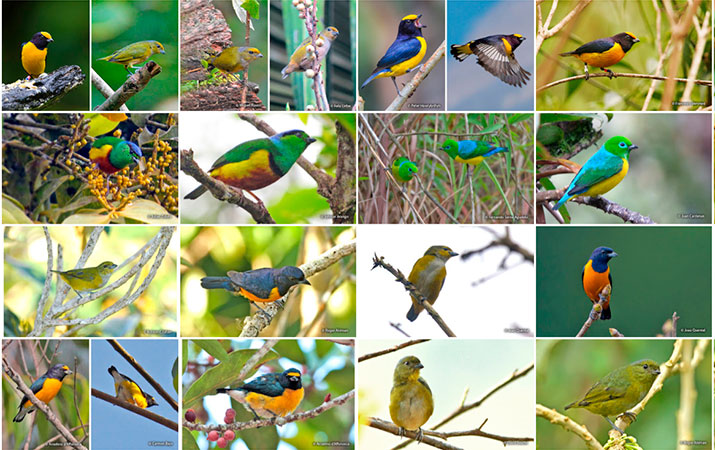New research estimates 50bn birds inhabit the Earth
May 18, 2021
A new study by University of New South Wales (UNSW) estimates that about 50 billion birds call planet Earth home, suggesting there are about six times as many individual birds as humans on Earth, but that many species are very rare.
According to the new research that uses citizen science observations to try to estimate population numbers for almost 10,000 species, the paper, led by scientists at the University of New South Wales, notes that four species (house sparrow, found in many parts of the world, the European starling, the ring-billed gull and the barn swallow) belong to what the researchers dubbed “the billion club”, with estimated populations greater than 1 billion.
The researchers developed estimates for 9,700 species, including penguins, emus and the kookaburra, by drawing on hundreds of millions of bird observations logged by birdwatchers on eBird, one of the world’s largest biodiversity citizen science projects.
They pooled the records with professional scientific observations to develop an algorithm that would estimate the population numbers for almost all species. The team of scientists found there were relatively few common bird species, but a large number of rare species.
“They may be rare for natural reasons – they really only live on one island or the top of one mountain for example – or they may be rare because of human causes,” said Will Cornwell, an ecologist at the UNSW and one of the paper’s lead authors.
He said, over time, he hoped the models could chart which species were in decline and where conservation efforts were needed.
Many Australian birds numbered in the millions. They include the rainbow lorikeet (19m), the sulphur-crested cockatoo (10m) and the laughing kookaburra (3.4m).
Sean Dooley, the national public affairs manager for BirdLife Australia, is a longtime birdwatcher and contributor to citizen science programs. He said the paper showed the value citizen observations could contribute to scientific knowledge.
“This is a great first step to trying to work out what we’ve got,” he said.
“If we can keep doing this over time – that will be the important thing because we know we’re seeing huge loss of wildlife. Being able to get close to quantifying what’s going on is essential.”
Cornwell said by combining birdwatching and professional monitoring records for bird species that had been the subject of rigorous academic study, the scientists were able to develop a model that adjusted for some of the uncertainties that can arise through citizen science.
He said the model was then applied to those birds that had not been the subject of professional studies.
The figure of 50 billion individual birds represents the median estimate the model produced for the total number of birds worldwide.
“The whole idea came from the fact that there are a few bird species that get really, really well studied,” Cornwell said. “But there is this huge collection of citizen scientists travelling all over the world counting every bird that they see.
“The really big breakthrough in this paper was we could take the scientific data and the citizen science data and then fill the gap for birds which are not studied by professional scientists.”
Among the top 10 most abundant birds in the world are the house sparrow (1.6 billion), the european starling (1.3 billion), the ring-billed gull (1.2 billion) and the barn swallow (1.1 billion).
The Guardian UK







